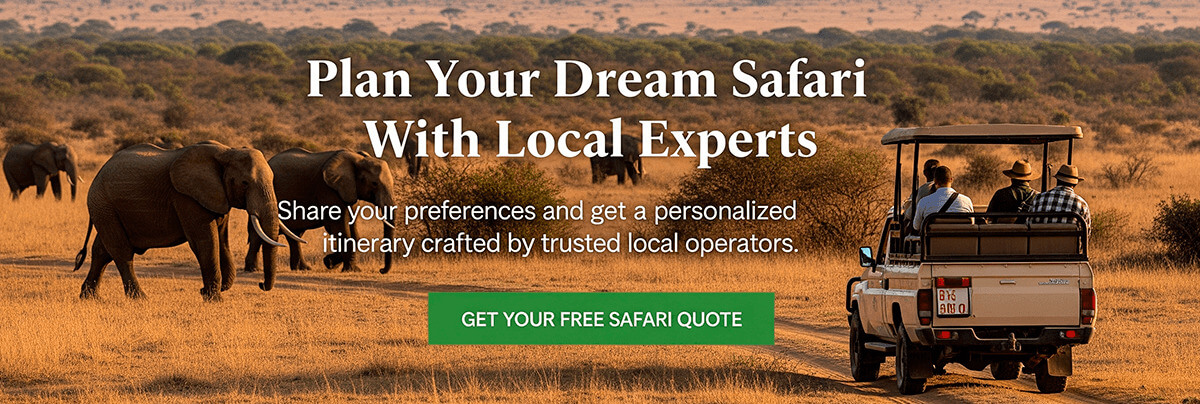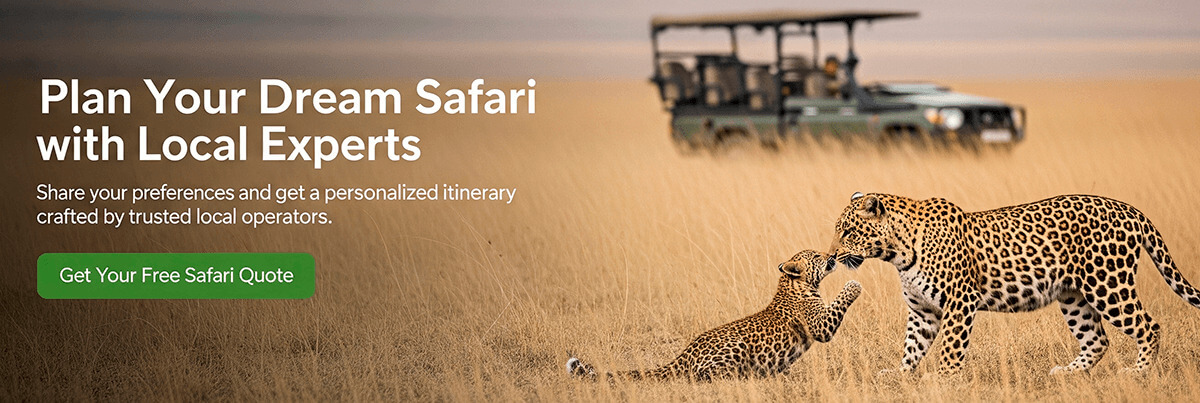Lake Nakuru National Park is one of the most iconic parks and a must-visit when traveling to Kenya. It’s a special place with a large salty lake covering much of the conservation area, but also with some small acacia forests hiding a wide variety of wildlife.
Although it’s a fairly small park, it doesn’t receive the same volume of visitors as the Masai Mara, making the safari experience in Lake Nakuru more peaceful and a great opportunity to continue enjoying the magic of Kenya’s national parks.


How to Get to Lake Nakuru National Park?
This national park is located in the Rift Valley, in the southwest of the country. From Nairobi to the main entrance of the park, it’s about 160 kilometers and around 3 hours by car. To get there from Nairobi, you can consider the following options:
- Book a tour that includes transportation, accommodation, and safaris in the park. You can choose a tour focused only on Lake Nakuru National Park or one that includes other parks like Lake Naivasha or the Masai Mara National Reserve. For this option, I recommend contacting me through this contact form so I can help you find the best local operators in Kenya for your safari.
- Organize transportation with your accommodation. Some accommodations within Lake Nakuru National Park also offer safaris and transport to the park (from Nairobi or other parts of the country).
- Rent a 4×4 in Nairobi and drive to Nakuru. This is a good option if you want to explore the park on your own with the vehicle. Some agencies also offer the option to rent the car with a driver, which can be useful if you prefer to focus on enjoying the scenery and animals.
- Use public transportation. The simplest option is to take a bus from Nairobi to the city of Nakuru with companies like Modern Coast, Easy Coach, or Molaline.

How Much Does a Safari in Lake Nakuru Cost?
To access Lake Nakuru National Park and do a safari, the park entrance fees are as follows:
- Foreign visitors: $60 (adults) and $35 (children)
- Residents of Kenya: 860 KSH (adults) and 215 KSH (children)
Additionally, you need to pay 300 KSH per six-passenger vehicle and 1,030 KSH for vehicles with six to twelve seats. Updated fees and other information can be found on the park’s official website.
In some reserves in Kenya, the entrance is valid for 24 hours, allowing you to leave and re-enter. However, at Lake Nakuru National Park, the entry is valid for 24 hours as long as you don’t leave the park. If you leave, you need to pay the entrance fee again.
If you do a safari in Lake Nakuru National Park with an agency, the park entrance is usually included in the price. This allows you to forget about managing this part of the logistics. Costs typically range between $250 and $400 per person per day, including meals, safaris, guides, accommodation, and park entry.
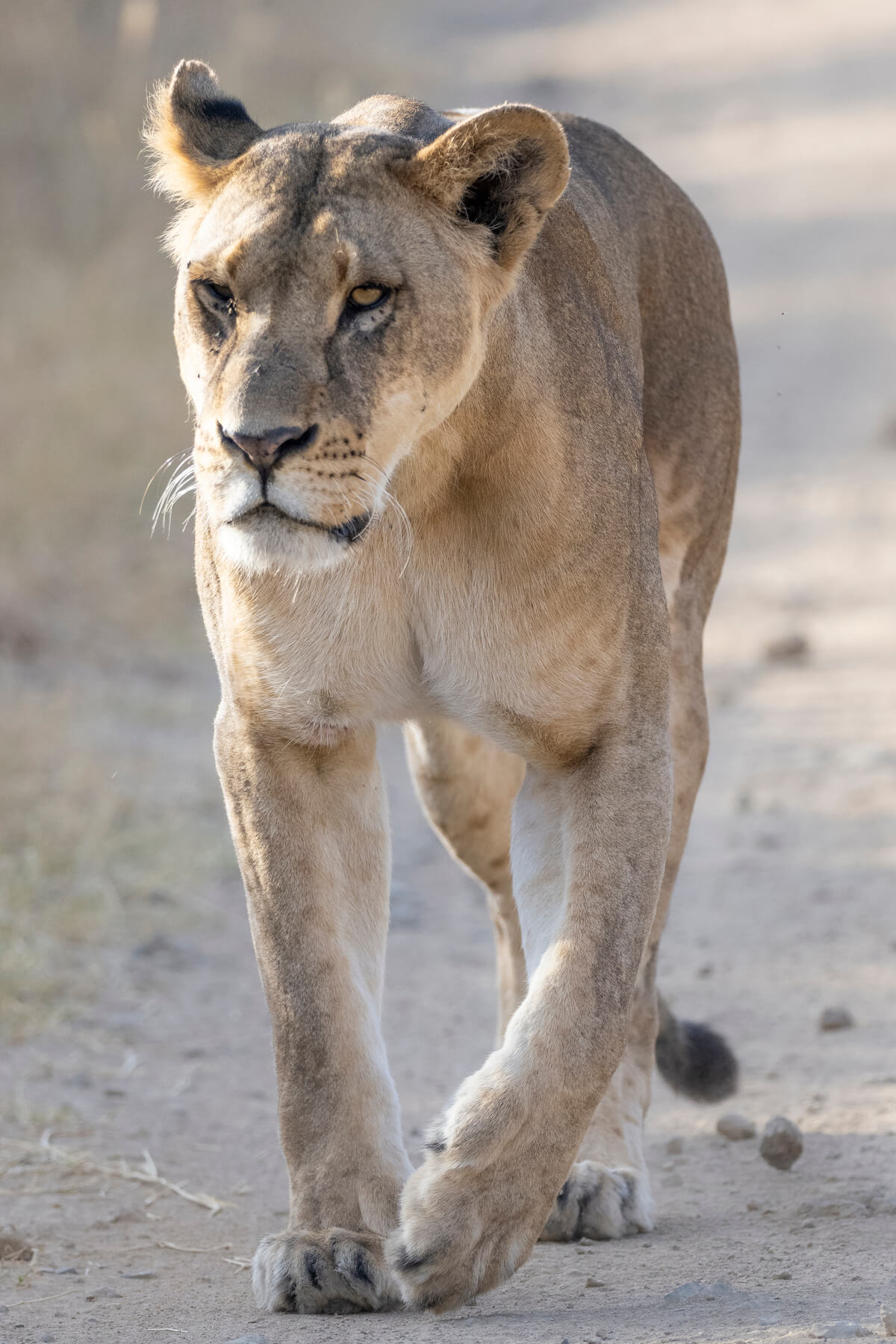
How Much Does a Safari in Lake Nakuru Cost for Independent Travelers?
Costs can be reduced if you decide to do a safari in Lake Nakuru independently, especially if you travel in a small group of three or four people. This national park is a good place in Kenya for an independent safari, as the roads are in very good condition and, being a small park, it’s easy to navigate.
If going independently, you can expect to spend around $130 per day for a 4×4 rental. Accommodation costs vary greatly, ranging from $25 per person at campsites to $100 per person at lodges within the park.

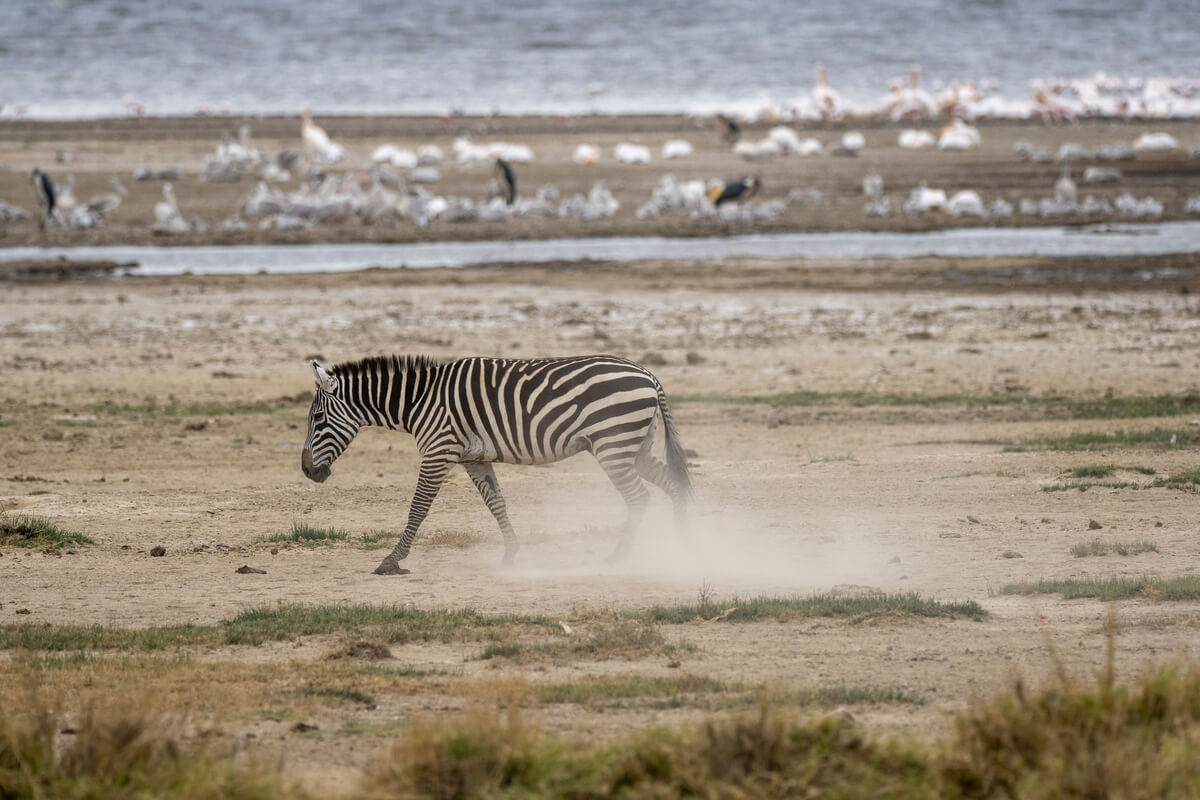
What Are the Park’s Hours of Access?
All park gates open at 7:00 AM and close at 6:00 PM.

Can You See Flamingos in Lake Nakuru?
Lake Nakuru National Park is one of the best places to see flamingos in Kenya, especially the lesser flamingo and the greater flamingo. Until 2010, the lake hosted one of the largest flamingo populations in the country, covering its salty waters and turning the landscape pink.
However, since then, the flamingo population has drastically declined due to water quality degradation, affecting their main food source. Today, the number of flamingos in the lake is much lower, although there are signs of recovery. While the iconic images of thousands of flamingos are no longer visible, small groups of these elegant birds can still be seen from various points near the lake.

Safari in Lake Nakuru: What Other Animals Can Be Seen?
During a safari in Lake Nakuru, you can see four of the Big Five: lion, leopard, buffalo, and rhino. The fifth, the elephant, is the only one not found in this national park.
In terms of rhinos, the area surrounding Lake Nakuru is one of the best places in Kenya to see these endangered animals. White rhinos are easier to spot, grazing in the vast grass plains. Additionally, at dawn or dusk, black rhinos can sometimes be seen, especially in the forests or walking among the bushes.
Hippos, waterbucks, zebras, hyenas, Rothschild giraffes (a different species than those seen in the Masai Mara or Samburu Reserve), eland antelopes, impalas, and vervet monkeys are also commonly seen.

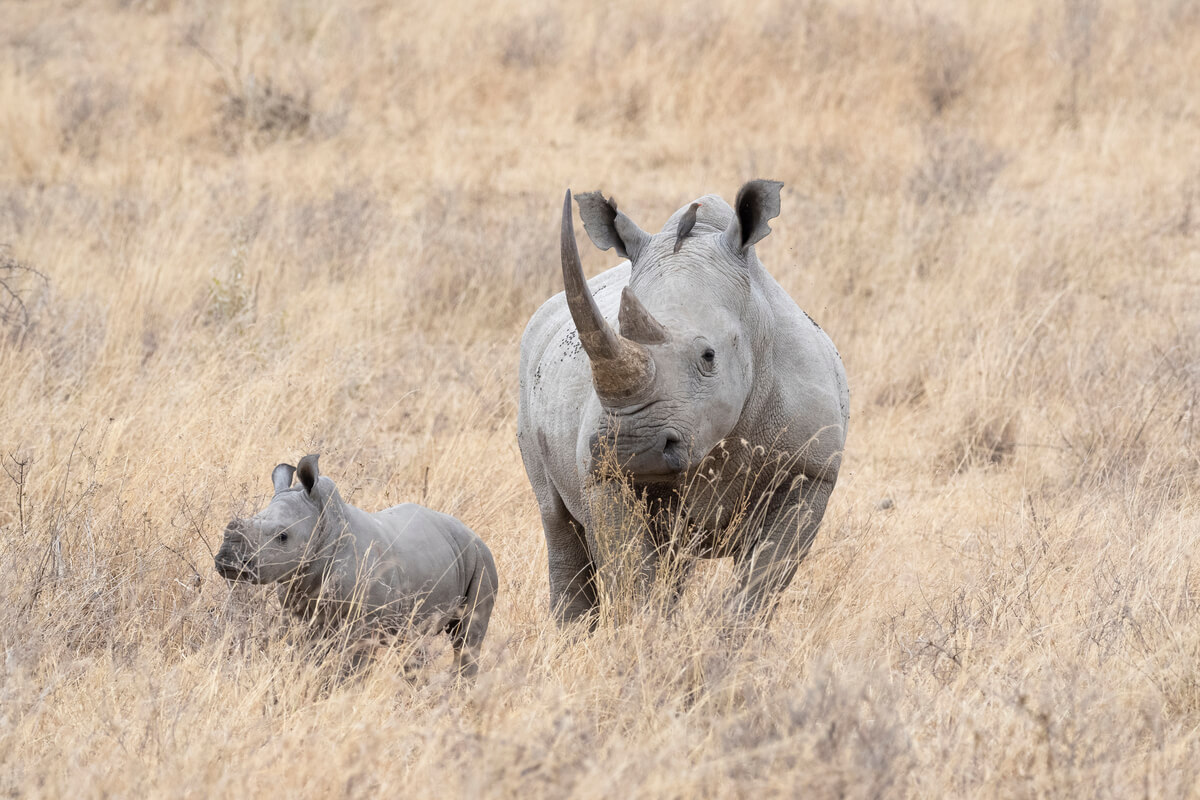
What Is the Best Time of Year to Visit Lake Nakuru National Park?
A safari in Lake Nakuru is a great experience at any time of year. This is partly because it’s a fenced park, so the wildlife does not migrate to other reserves or national parks.
The only time to avoid visiting is during April and May, which are the wettest months. While the rain adds an interesting atmosphere, especially for photography, it can also be uncomfortable and make it difficult to travel on the park’s roads.


Where to Stay During a Safari in Lake Nakuru?
If you’re doing a multi-day safari in Lake Nakuru, it’s preferable to stay at accommodations within the national park, especially to avoid paying the entrance fee more than once within 24 hours.
The two main accommodations inside the park are:
Both are relatively expensive, but for those traveling on a budget, there are also campsites within the reserve. There are two types of campsites:
- Public campsites: No reservation needed, with water and toilets. They cost $20 per person. The only public campsite in Lake Nakuru National Park is Makalia Camp.
- Special campsites: Require a reservation (reservations@kws.go.ke). These do not have water or toilets, and cost $35 per person. There are seven special campsites inside the park.
If you prefer more affordable accommodation, I recommend Lillypond Camp. It’s a rustic, very affordable place with a great location, just three minutes from the Nderit Gate, which is the best entry point to the park as it’s where you’re most likely to spot rhinos, giraffes, and even lions or leopards.
💡 Get a Free Quote for Your Trip to Tanzania with Trusted Local Operators
If you’d like to plan your trip to Tanzania with reliable local tour operators, I can help you connect with the best ones. Just fill out this quick form, and based on the type of safari you’re looking for, I’ll match you with the most suitable local agencies. I’ll also be available to answer any questions throughout the planning process — so your safari will be stress-free, authentic, and truly unforgettable!
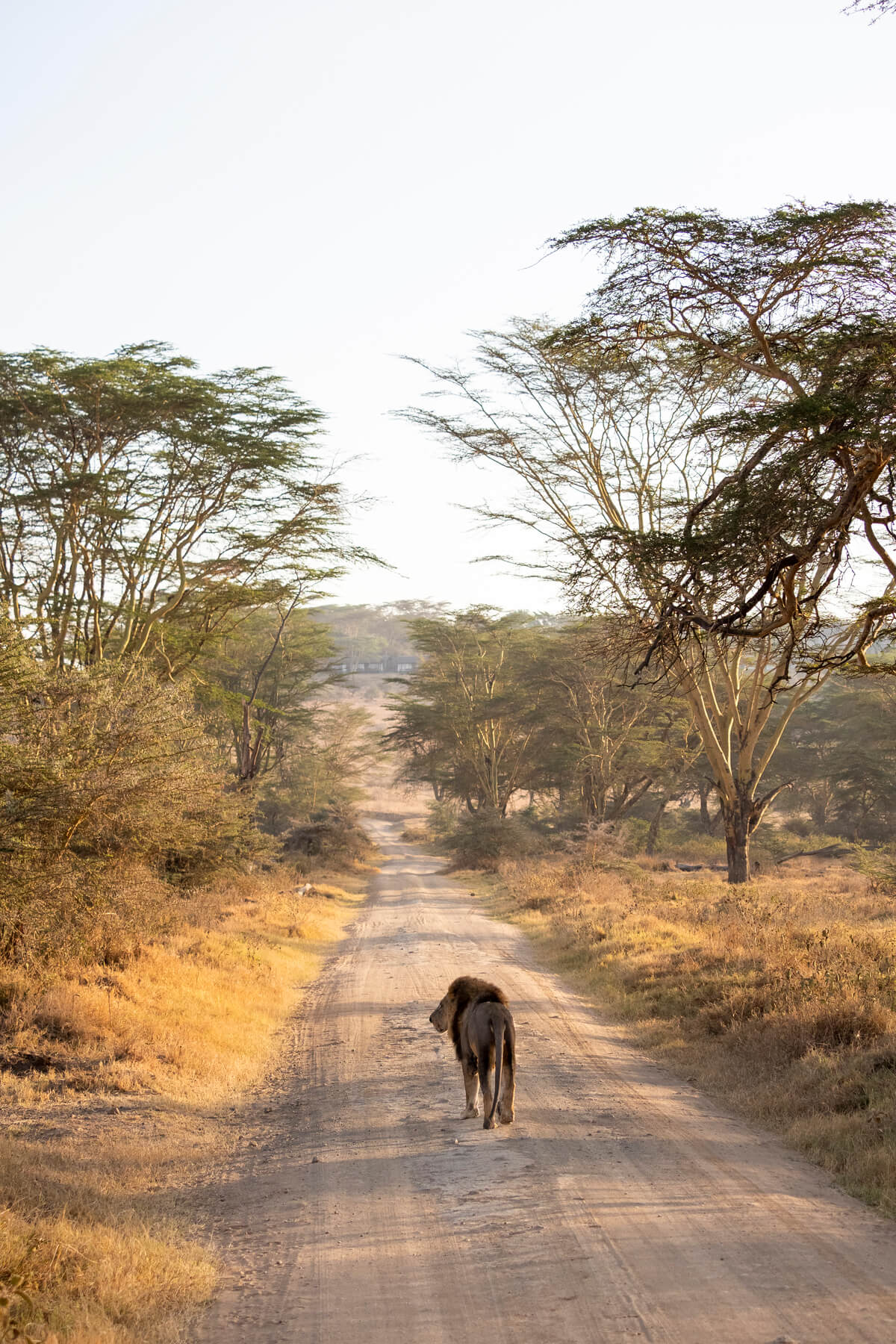

Safari in Lake Nakuru: My 2-Day Experience
Arrival in Nakuru
I arrived at Lake Nakuru National Park on the 9th day of my Kenya trip, after four magical days of safari in the Masai Mara. I didn’t know that at Lake Nakuru, you have to pay the entrance fee every time you enter the park, so I decided to stay at Lillypond Camp. I planned to do a short afternoon safari, but when I found out that the entry fee wouldn’t allow me to re-enter the next day, I decided to stay outside and wait until the next day.
First Morning Safari in Lake Nakuru
I started the safari as soon as the park gates opened, before sunrise. Entering through Nderit Gate was ideal for starting the safari on the roads that lead through the acacia forest on the southern shore of the lake. It was a picturesque landscape, and I dreamed of seeing a leopard resting in the branches of a tree.
I wasn’t lucky with the leopard, but I quickly forgot when I saw the first flamingos and a group of buffaloes illuminated by the first light of the day. Surprisingly, there were no other cars around, and the whole experience felt very peaceful.
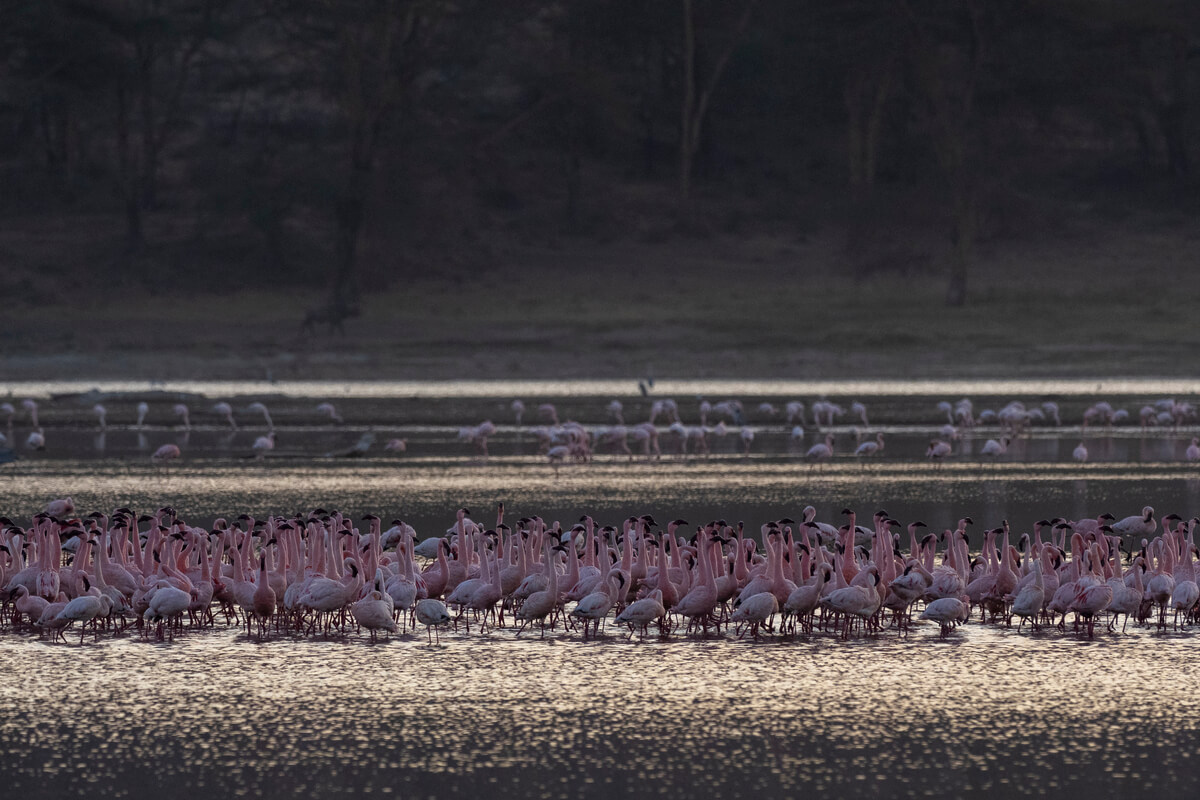
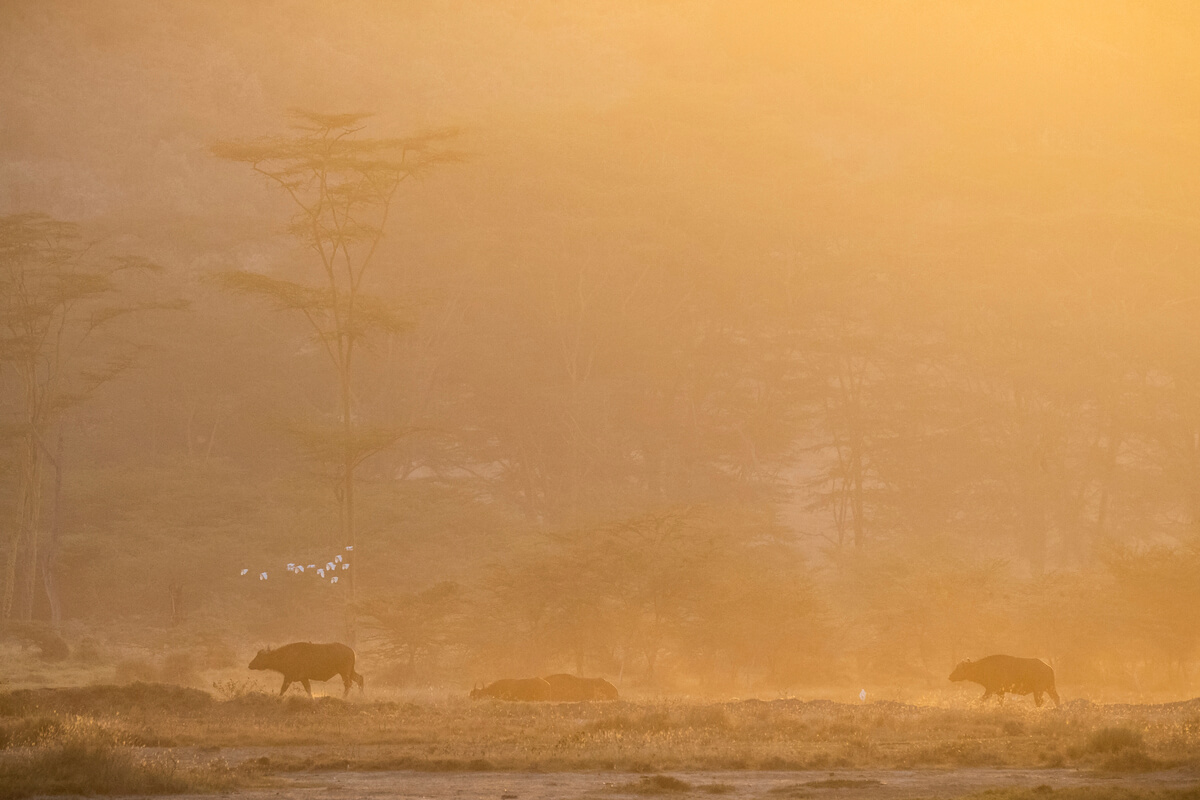
The following hours were also very productive. I saw a pair of black rhinos eating and several Rothschild giraffes.
A few minutes later, my guide spotted some fresh lion tracks, and we began searching the nearby area. After a few minutes of searching, and when it seemed we wouldn’t see anything, I spotted a lion lying on top of a rock. We stayed there for a while, and while I was photographing it, three lionesses appeared and walked right past the car. It was an incredible sight to see these felines again, especially without another car around.

When I lost sight of the lions, we continued the safari in Lake Nakuru. I saw many impalas, zebras, and more giraffes. I also saw a striped hyena, a species that’s quite difficult to spot.
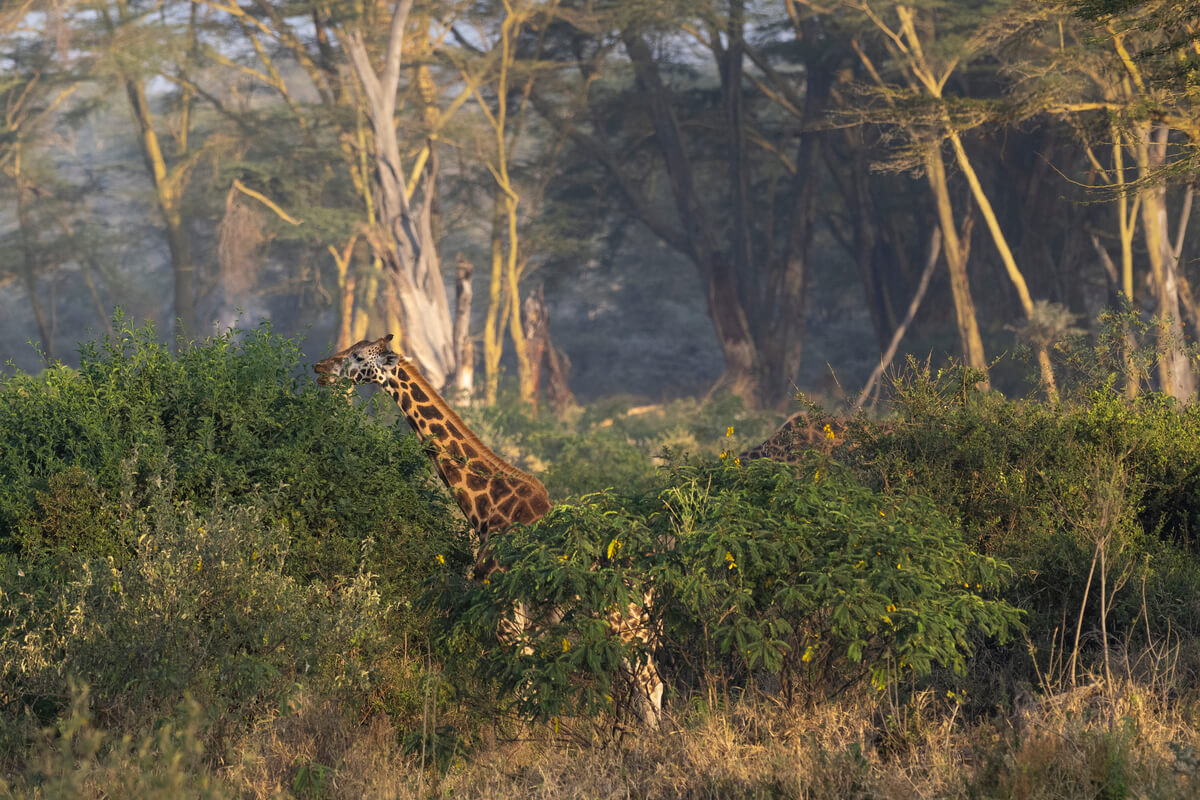
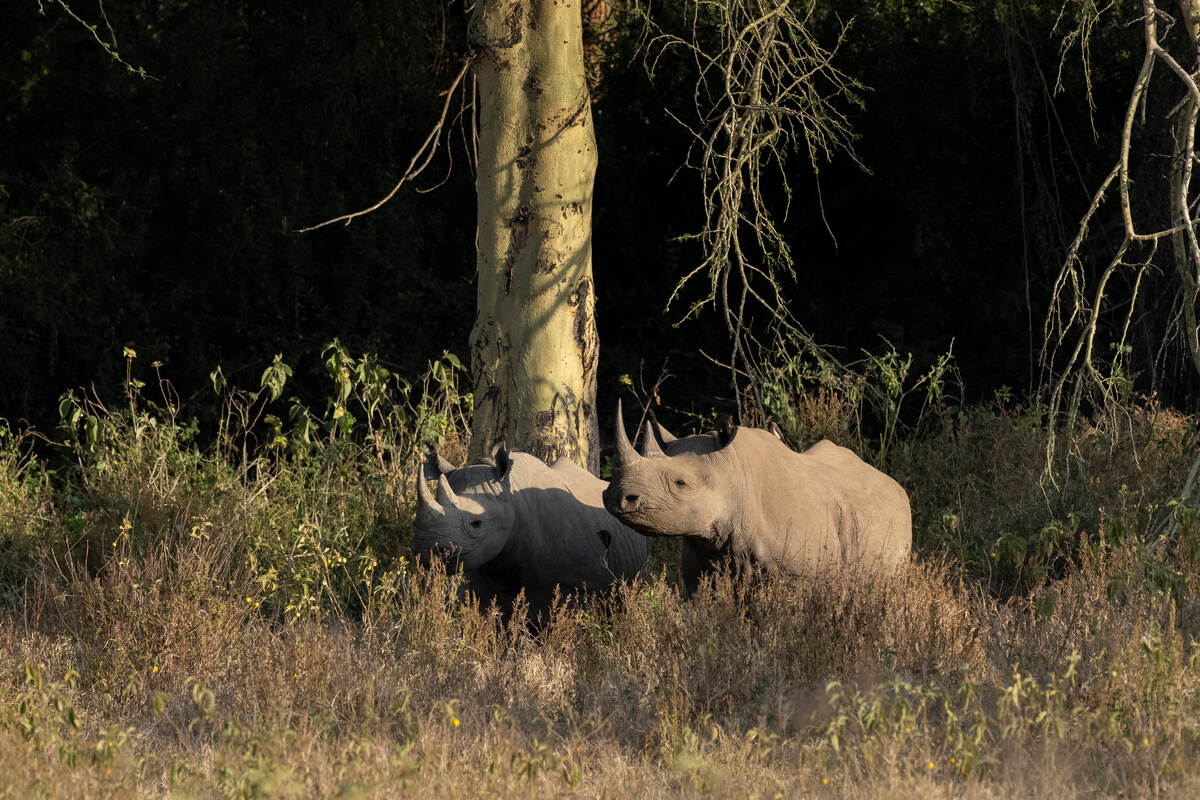
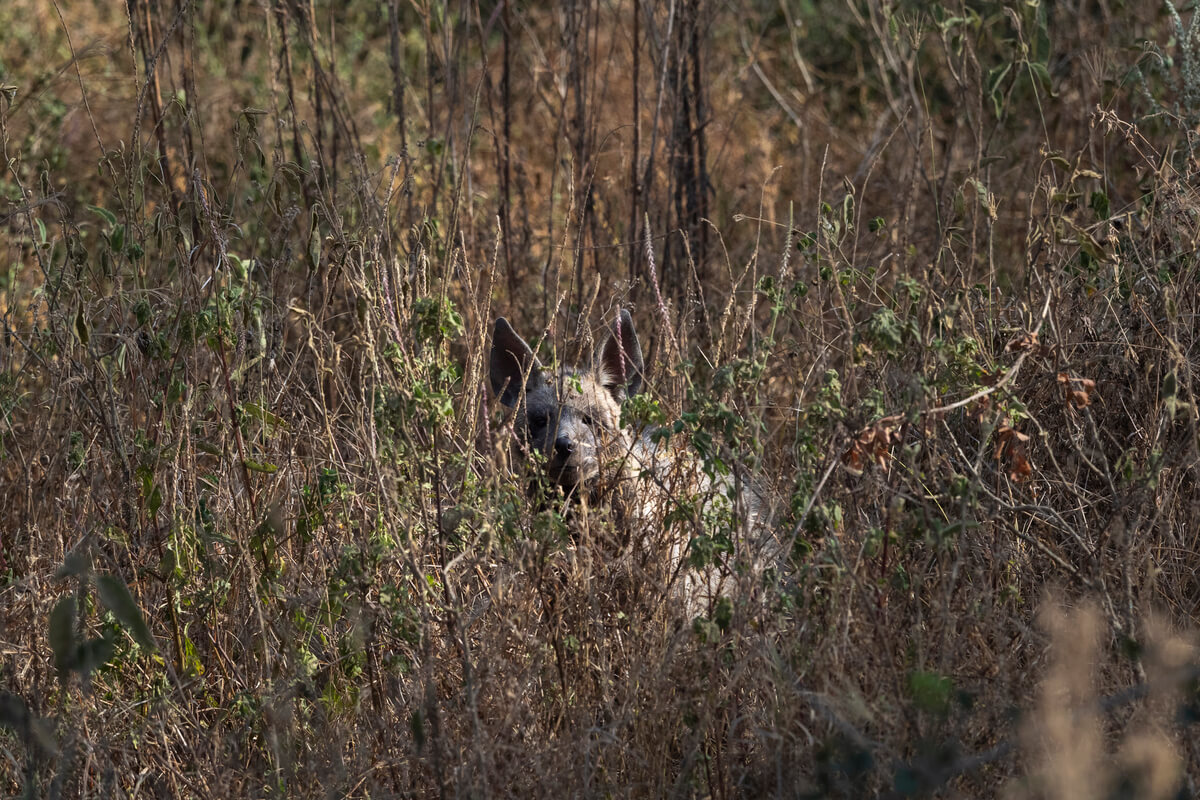
Resting at Lake Nakuru Lodge
Around 11 AM, when it was getting quite hot and animal activity had decreased, we headed to Lake Nakuru Lodge. Although I wasn’t staying there, the lodge staff let me relax in the garden area, so I didn’t have to leave the park and pay the entrance fee again in the afternoon.
Right in front of the garden and pool area of the lodge, there was a small pond, and while resting, I saw zebras, a pair of secretary birds, and a family of warthogs coming to drink.



An Afternoon Safari in Lake Nakuru
During the afternoon safari, the main stars were the white rhinos, which I hadn’t yet seen in the park. I was able to observe and photograph two rhinos with their calf. Baby rhinos are truly adorable…
Before leaving the park, we took another loop through the acacia forest, looking for a leopard in the branches. They’re hard to spot in this area, but I kept hoping.
I wasn’t lucky, but I ended the safari very satisfied, after another full day of enjoying the magic of safaris in Kenya.
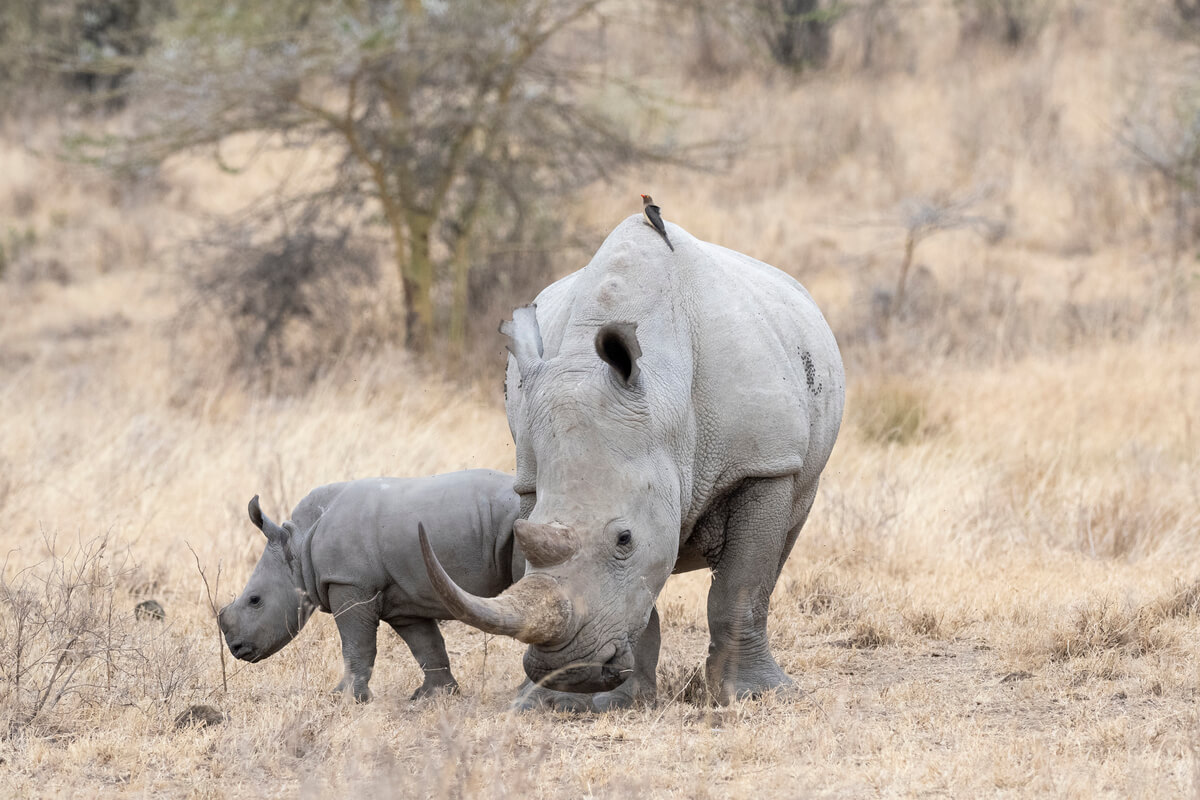

A New Sunrise at Lake Nakuru National Park
As my trip to Kenya was coming to an end, I didn’t want to miss the last opportunity for a few more hours of safari in Lake Nakuru. I entered the park again with the first light of the day, heading straight for the area where we had seen the lions the day before. Just as we arrived, I saw a male lion disappearing behind a small hill. I was a little disappointed because if we had arrived a couple of minutes earlier, I could have enjoyed the sight of this feline for longer. But the disappointment didn’t last long.
While I was photographing a giraffe, another lion appeared. It was huge and confidently walked down the center of the dirt track. It passed very close to the car, without seeming to care about our presence.
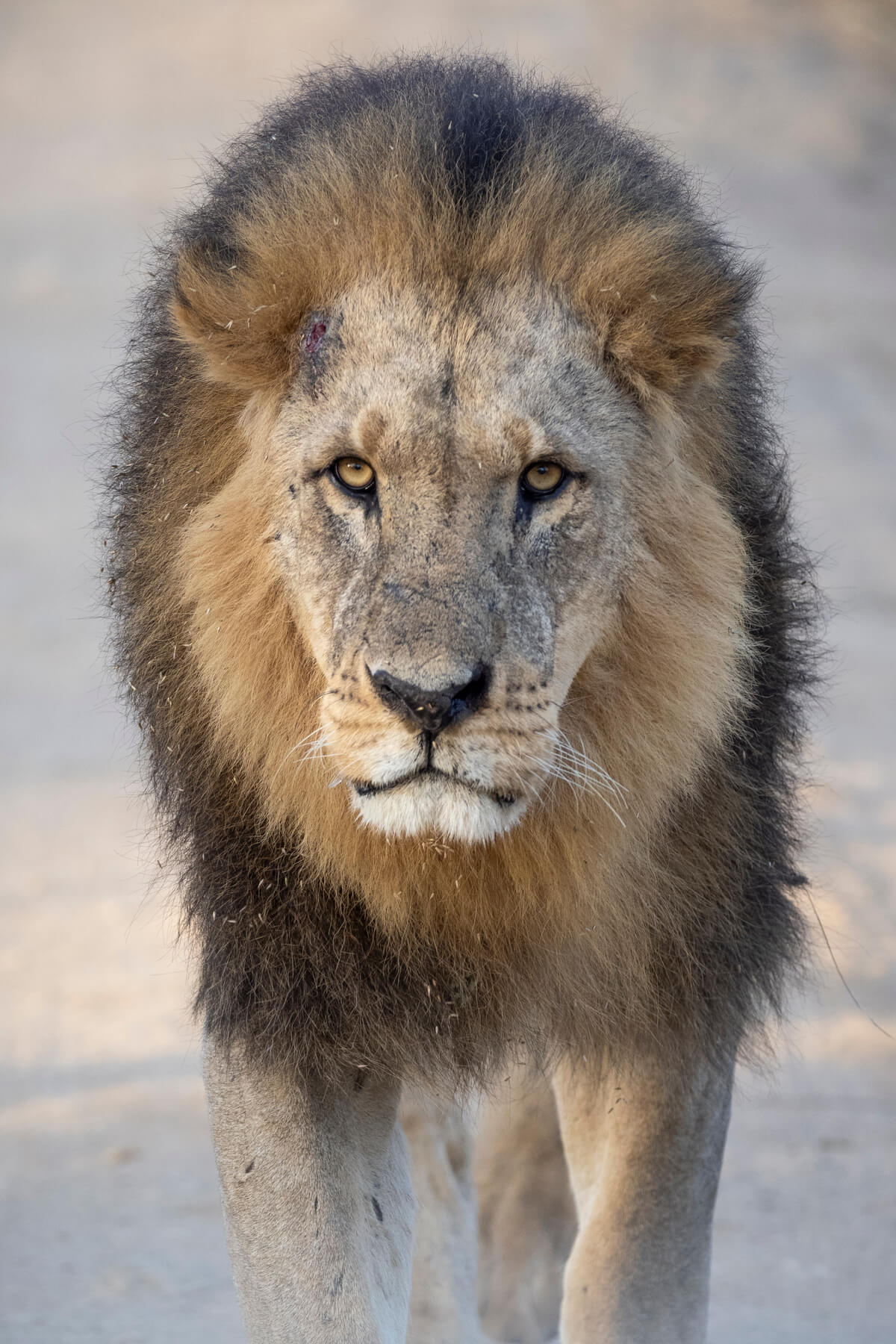
When we lost sight of the lion, we drove to the northern part of the park, where we hadn’t yet explored. We went around the lake, which was a great opportunity to enjoy the variety of birds living near Lake Nakuru (more than 400 species are recorded).
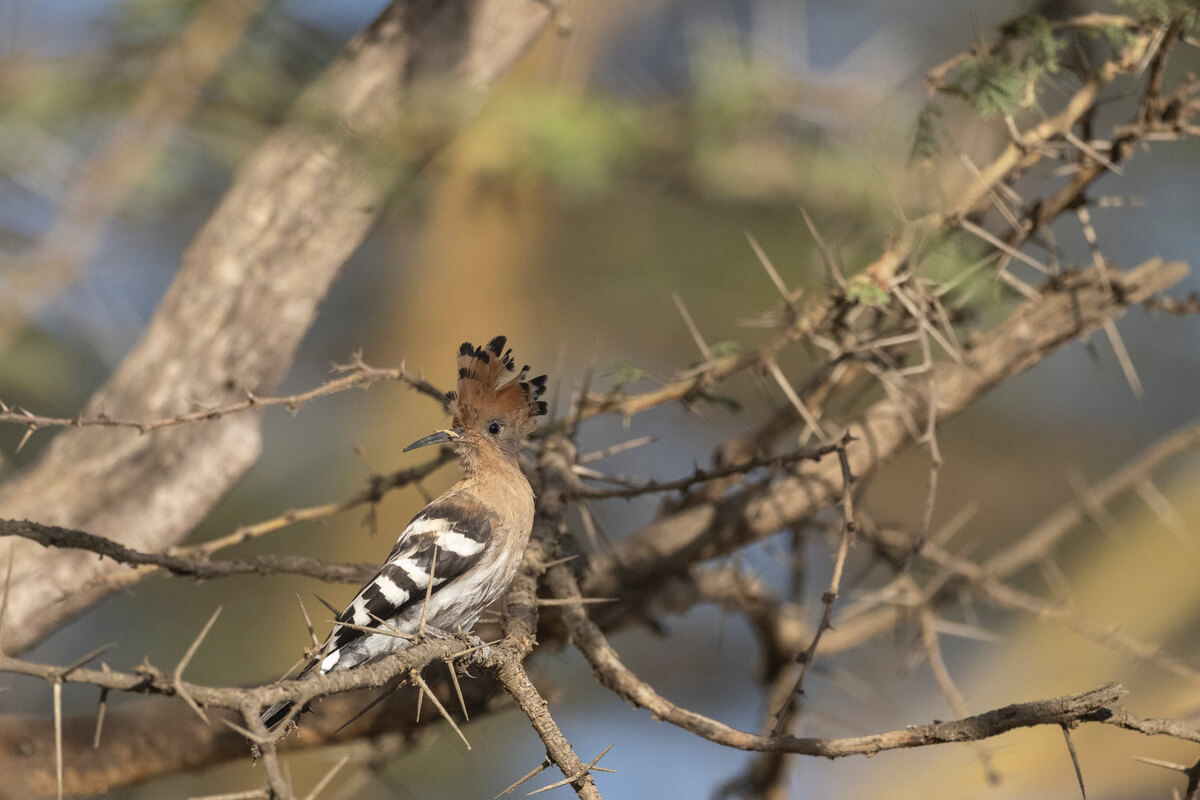

The End of the Safari in Kenya
Once we reached the northern part of the park, I could see that the landscape and scenery were much less impressive. It also seemed there was less wildlife, so I wasn’t sure it had been a good idea to go that far. But suddenly, we saw a group of parked cars, and as we approached, I discovered a beautiful scene: a pair of lions stretched out on the branches of a huge tree. They weren’t leopards, but seeing lions sleeping on a tree is not very common.
This was the perfect farewell to my safaris in Kenya. Only the journey back to Nairobi remained, marking the end of my adventure in the country.

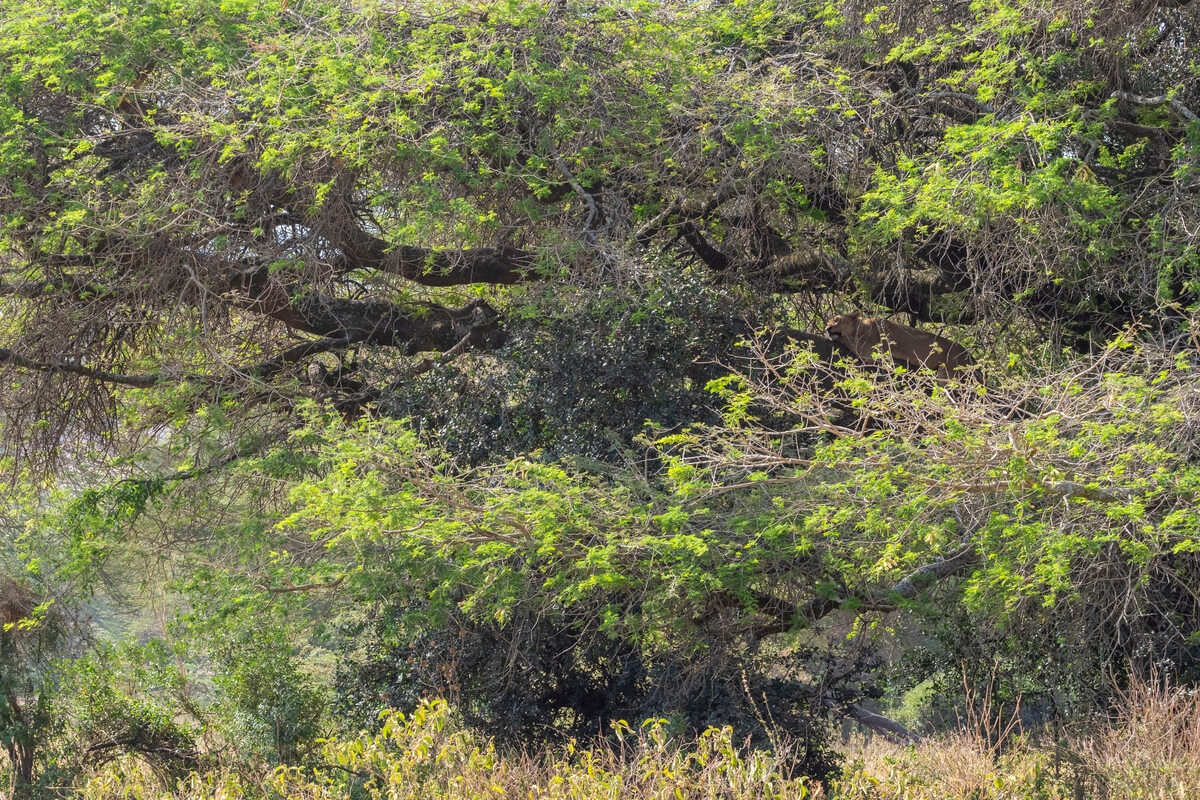
Plan Your Trip to Kenya
🦍 Find the best trips and safaris to Kenya with a local operator here.
✈️ The best flight deals to Kenya here.
🏨 The best prices for accommodations in Kenya here.
🚑 Get your travel insurance with a 7% discount here.
💳 The best card for paying (without fees) and withdrawing money abroad here.

